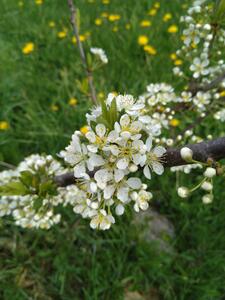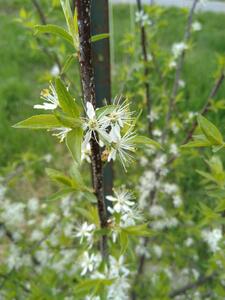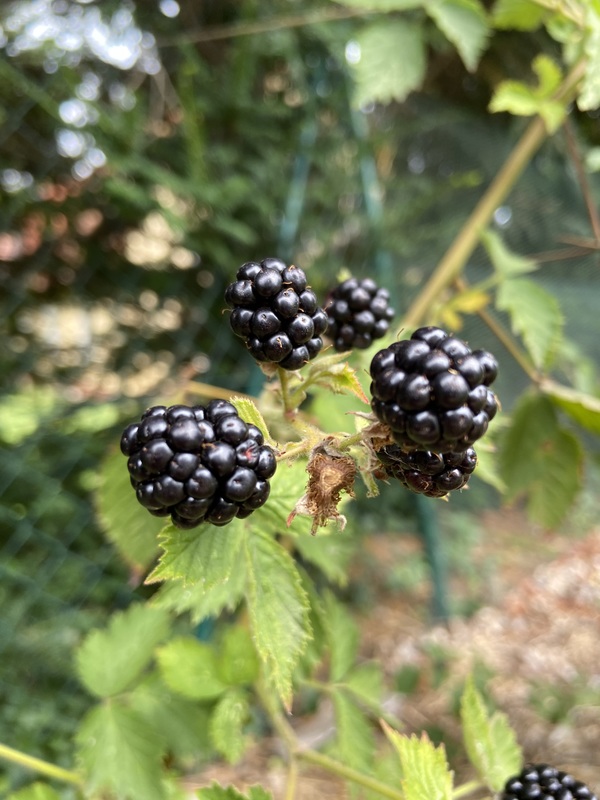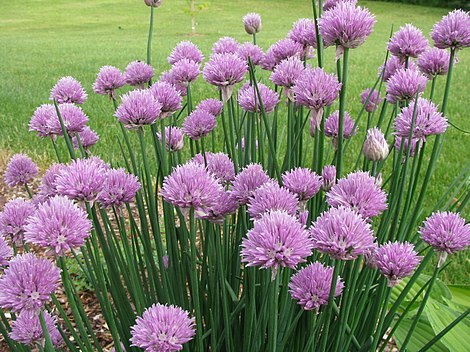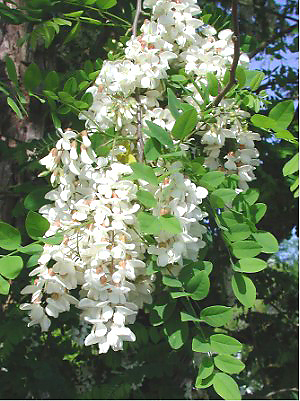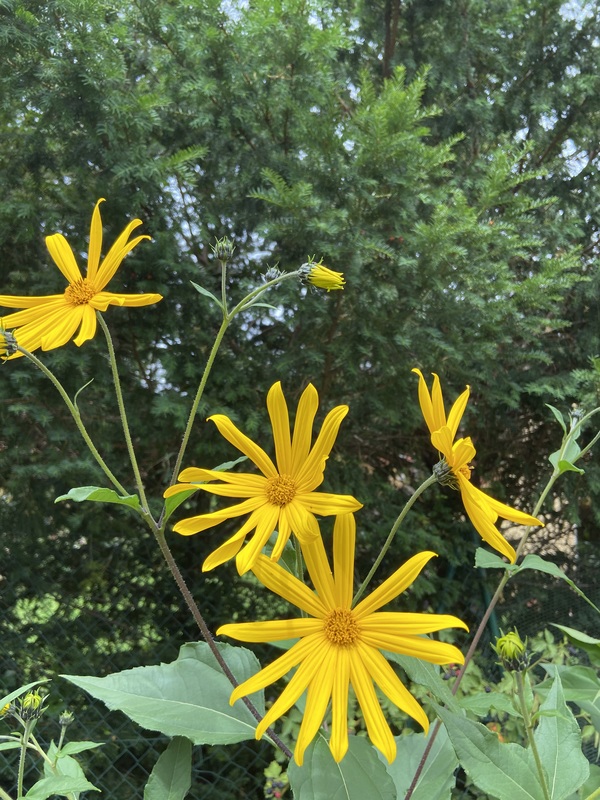Description
The American plum, also known as the wild plum or American wild plum, is a small to medium-sized tree that is native to North America. It is found in a wide range of habitats, including woodlands, prairies, and along streams and rivers.
The American plum tree can grow to be up to 20 feet tall, and has a spreading, round crown. Its bark is smooth and gray, and its branches are covered in small, sharp spines. The leaves of the American plum are oval-shaped and have a glossy dark green color. They are about 2-4 inches long, and have finely toothed edges. In the spring, the tree produces small, white or pink flowers that are clustered together in groups of two to five.
The fruit of the American plum tree is a small, oval-shaped drupe that is about the size of a cherry. It is yellow or red in color, and has a juicy, sweet flesh. The fruit ripens in the late summer or early fall, and is often used for making jams, jellies, and preserves.
The American plum tree grows best in full sun and well-drained soils. It is tolerant of drought, and can be grown in a range of soil types, including sandy, loamy, and clay soils. To cultivate the tree successfully, a grower will need to provide it with regular watering during dry periods, and may need to prune it to maintain its shape and encourage fruit production. The tree is winter hardy, and can tolerate cold temperatures down to -30°F.
The American plum tree is not only valued for its fruit, but also for its value to wildlife. The tree provides food and shelter for a wide range of animals, including birds, squirrels, and rabbits. It is also used by bees for its nectar, and its pollen is a valuable source of food for bee colonies.
